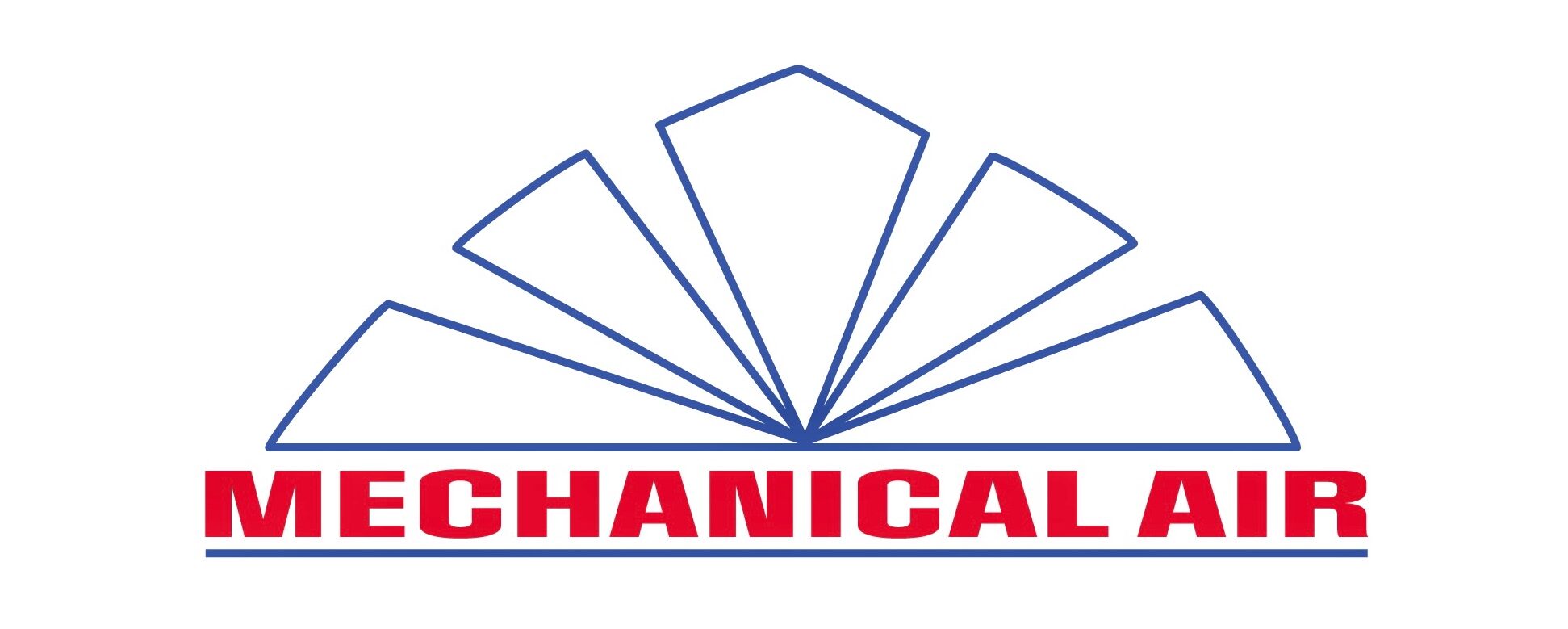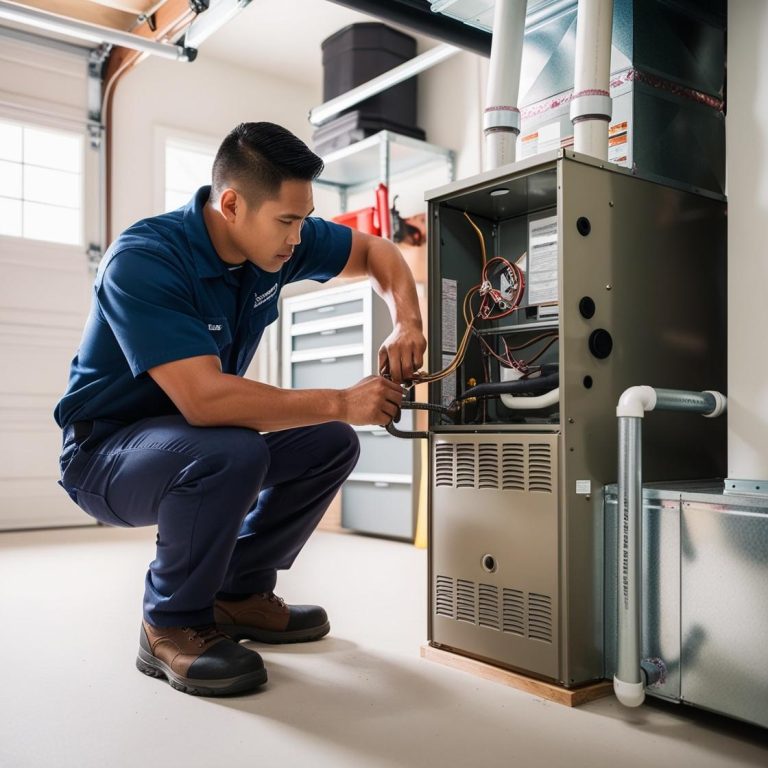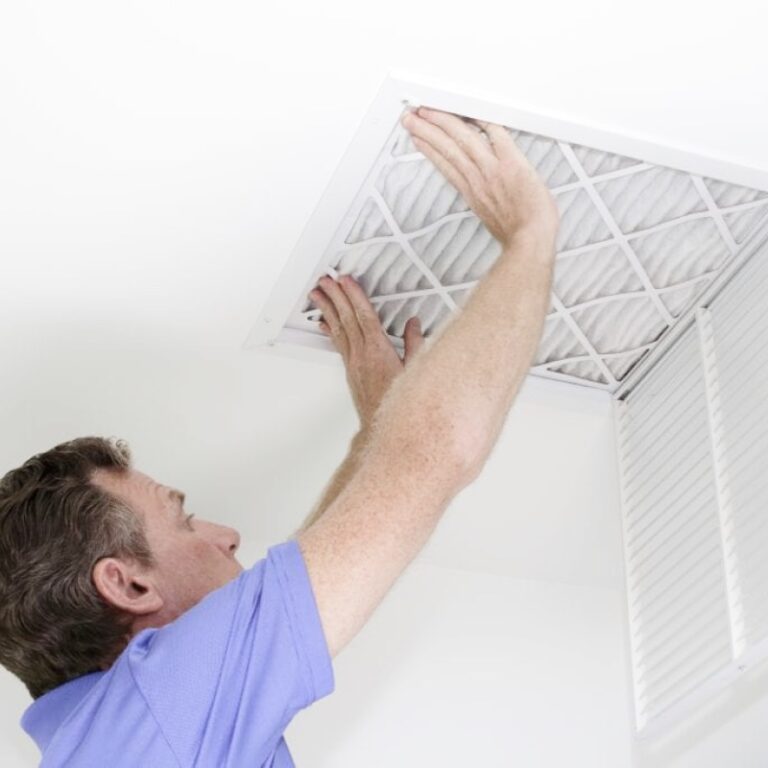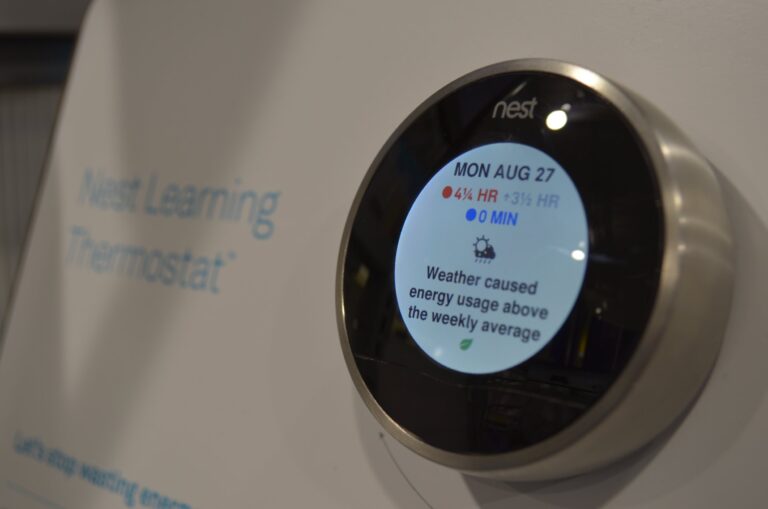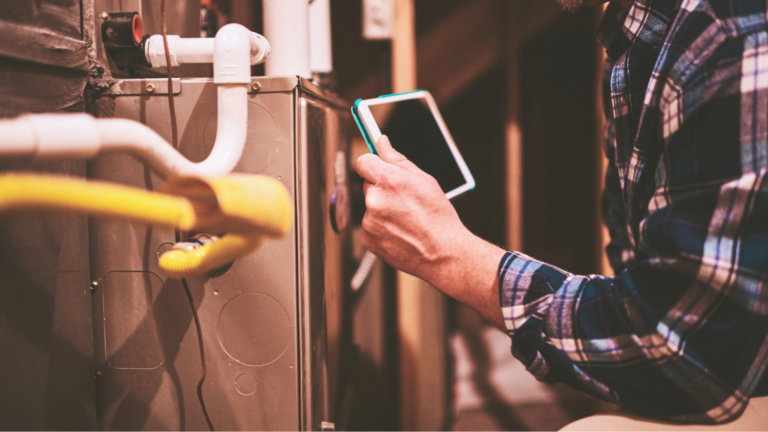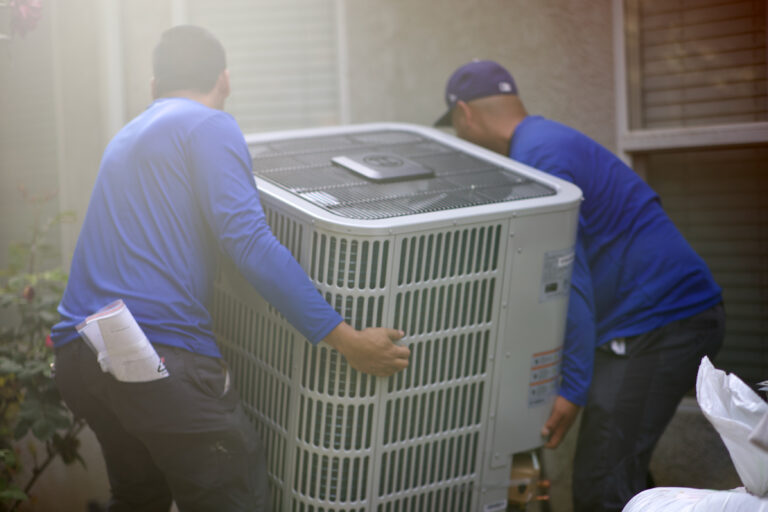Summer temperatures make it difficult to stay comfortable, especially when ACs consume too much electricity. Evaporative coolers, commonly known as swamp coolers, can reduce your power usage while keeping your home relatively cool. Mechanical Air is here to help you understand how swamp coolers work and how to use them effectively.
Understanding how swamp coolers work
Swamp coolers work by using water to change hot air into cool air. They contain a fan, water pump, and cooling pads. When hot air from outside enters the unit, it passes over the pads, which are damp from the water pump, resulting in cool air. The fan then blows the cool air back into your home. This process requires ventilation, which means that windows and doors must remain open to keep the air from being too humid.
Installing the swamp cooler
Swamp coolers come in various sizes, from portable units to whole-house systems. Installing a whole-house swamp cooler involves connecting it to your ductwork, which may necessitate professional installation. Meanwhile, a portable swamp cooler needs to be placed near a window where it can release and bring in cool air. It should also be near an electrical socket to connect to a power source.
Maintaining the swamp cooler
Swamp coolers require minimal maintenance compared to ACs. The cooling pads need to be replaced periodically, depending on usage, as they can get clogged with dirt and other airborne particles. The water pump also needs to be checked regularly to ensure that it does not get blocked by minerals or other debris.
Effective use of swamp coolers
To use a swamp cooler effectively, make sure that your windows and doors remain open for ventilation. Adjust the fan speed to your preferred level, and if possible, position the unit near open windows to draw in air from outside. Since swamp coolers increase humidity levels, remove excessive moisture by opening doors and windows in areas that require humidity control.
Swamp cooler vs. AC
Swamp coolers are ideal for people who want an affordable and efficient option for cooling their homes during the summer. On the other hand, ACs are more expensive to operate and maintain but are effective in dealing with high humidity. Although both offer different cooling capabilities, you can use a swamp cooler in areas with low humidity during the summer, and an AC in areas with high humidity.
In conclusion, a swamp cooler offers an excellent alternative to air conditioning units. Swamp coolers use evaporative cooling and consume less energy, which is better for the environment and cost-effective for homeowners. Understanding how swamp coolers work, proper installation, maintenance, and effective use are all important factors in making the most out of them. Mechanical Air’s team of experts can assist you in finding the perfect swamp cooler for your home and ensuring that it operates at optimal performance throughout the summer.
Follow us on Facebook!
Read our reviews here!
